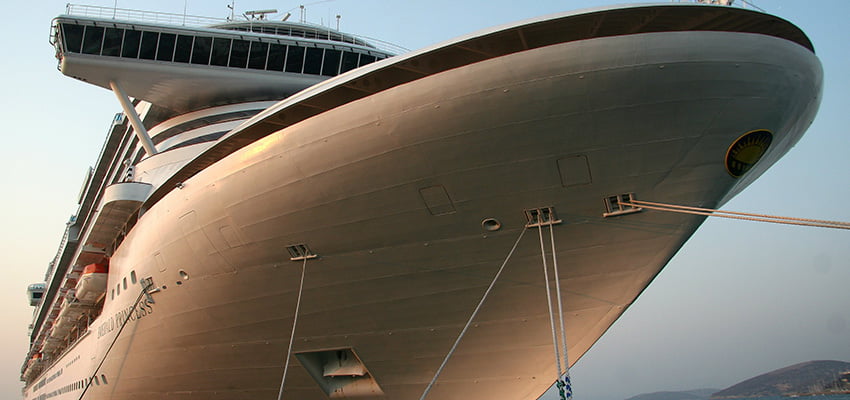A REPORT into a fatal accident on board a cruise ship at New Zealand has blamed a corroded cylinder for the tragedy.
The New Zealand Transport Accident Investigation Commission has published its report on the February 2017 accident in Port Chalmers, Dunedin, on board the Emerald Princess.
Chief Investigator of Accidents Captain Tim Burfoot said the ship’s crew were re-pressurising the gas cylinders after maintenance, when the cylinder burst and killed a nearby crew member.
“The nitrogen cylinder burst at below normal working pressure because its casing had corroded to about 30% of original thickness,” Captain Burfoot said.
“The failed cylinder and several others in the system were not fit for purpose, despite having been surveyed recently, and should not have been in service.”
The commission stated that high-pressure cylinders in marine environments should be fully investigated by qualified persons before doing any remedial work, and before allowing the cylinder back into service.
“The wider issue is the lack of global minimum standards for inspection, testing and rejecting pressure cylinders for stored energy systems on lifeboat launching installations,” Captain Burfoot said.
“So there is wide variation in, and sometimes inadequate, standards applied by flag state administrations, classification societies and authorised service providers.”
The Commission has recommended the manufacturer of the lifeboat launching system improve training.
It also recommended Maritime New Zealand raise with the International Maritime Organization the need for adequate minimum standards for the inspection, testing and rejection of pressure vessels that are part of stored energy systems.

